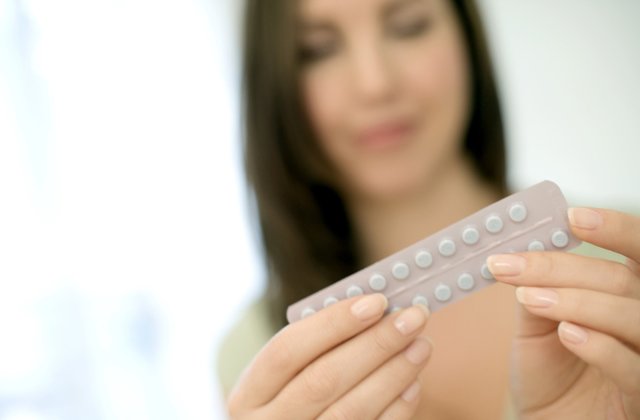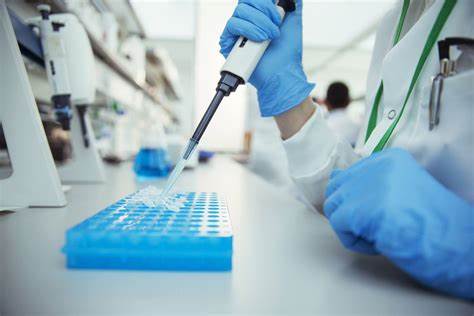
Contraceptive market sales were estimated to be $6.3bn across the 8MM (US, France, Germany, Italy, Spain, UK, Japan and China) in 2017, which is expected to grow to $8.2bn in 2027, at a compound annual growth rate of 2.7%, according to GlobalData, a leading data and analytics company.
GlobalData’s report: ‘Contraceptives: Opportunity Analysis and Forecasts to 2027’ states that the launch of four novel contraceptive drug candidates will drive growth of the female contraceptive market over the forecast period. Launching products include Mithra’s combined pill, Estelle, Evofem’s non-hormonal gel, Amphora, The Population Council’s and Antares’ transdermal gel, Nestragel, and The Population Council’s and Therapeutics MD’s extended-release vaginal ring, Annovera (already approved in the US).
The majority of contraceptives sales will come from the US, attributable to the new product launches. Japan’s sales will fall at a negative CAGR of 1.1% by 2027 as a result of a decreasing female population.
China, on the other hand, will become the fourth largest contraceptive market by 2027 as a result of a growing population and growing demand for contraceptives, in spite of the lack of launch of a new contraceptive, indicating a great opportunity for foreign drug developers to enter the Chinese contraceptive market.
Presently, marketed contraceptives can cause damaging side effects and are one of the main reasons why patients may decide to discontinue contraceptive use, leading to unintended pregnancies. Therefore, the launch of the four drugs will fill important unmet needs and shape the contraceptive space.
Dr. Edit Kovalcsik, Managing Pharma Analyst at GlobalData, comments: “Contraceptives in late-stage clinical development, Phase IIb and Phase III, contain novel, more natural progesterones or estrogens that are aimed at decreasing androgenic and estrogenic side effects, respectively, associated with current formulations.
“In particular, key opinion leaders (KOLs) interviewed by GlobalData highlighted Mithra’s Estelle, fifth-generation combined pill in Phase III trials, which contains estetrol (E4) 15 mg designed to reduce estrogenic side effects and thrombotic risk, while the progestin, drospirenone (DRSP) 3 mg, reduce side effects, such as bloatedness, and premenstrual dysphoric disorder (PMDD). Furthermore the additional benefit of this pill designed to reduce dysmenorrhea is anticipated to add to its success.”
An interesting product in Phase III is Evofem’s Amphora, which is a non-hormonal vaginal gel designed to maintain an acidic environment, which is inhospitable to sperm as well as certain pathogens. If it proves effective against certain investigated sexually transmitted disease (STD) prevention, its dual benefit will make this contraceptive a desirable method of contraception.
Dr. Kovalcsik concludes: “Increased contraceptive choices will raise the chance of finding suitable contraceptives for individual needs, whilst increasing contraceptive market growth in the next ten years.”




